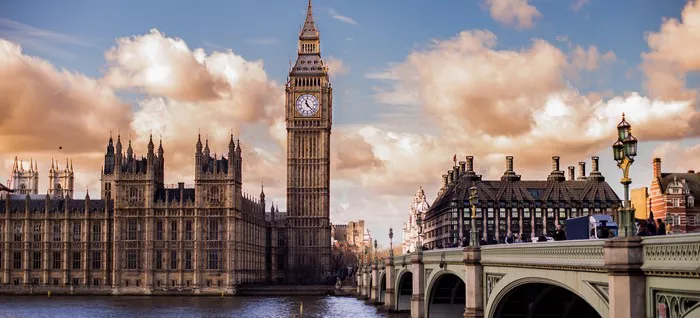London has long been one of the world’s most visited cities, attracting millions of tourists each year with its rich history, iconic landmarks, and vibrant culture. However, the environmental impact of mass tourism has become an increasing concern for city officials and residents alike. In response, the Mayor of London, in collaboration with local businesses and environmental organizations, has unveiled a series of ambitious sustainable tourism initiatives designed to reduce the city’s carbon footprint while maintaining its appeal as a top travel destination.
One of the most significant measures is the expansion of London’s Ultra Low Emission Zone (ULEZ), which now covers all boroughs. This policy imposes strict emissions standards on vehicles entering the city, encouraging tourists to opt for public transport, cycling, or walking instead of relying on taxis or rental cars. Transport for London (TfL) has also introduced additional electric buses and improved cycling infrastructure, including new bike lanes and rental schemes, making it easier for visitors to explore the city sustainably.
Hotels and accommodations across London are also playing a crucial role in this green transition. Many establishments have committed to reducing single-use plastics, implementing energy-efficient systems, and sourcing locally produced food for their restaurants. The Sustainable Hospitality Alliance has launched a certification program to recognize hotels that meet stringent environmental standards, allowing eco-conscious travelers to make informed choices.
Cultural institutions are joining the effort as well. The Tate Modern, the British Museum, and the Natural History Museum have introduced measures to lower their energy consumption, such as LED lighting and improved insulation. Some attractions are even offering discounts to visitors who arrive via public transport or present proof of a carbon-offset travel plan.
Another innovative project is the “Green Corridors” initiative, which aims to connect London’s parks and green spaces with pedestrian-friendly pathways. This not only enhances the city’s appeal for nature-loving tourists but also promotes cleaner air and biodiversity. Hyde Park, Regent’s Park, and the newly expanded Queen Elizabeth Olympic Park are key hubs in this network, offering guided eco-tours that educate visitors on London’s sustainability efforts.
While these initiatives are promising, challenges remain. Critics argue that more needs to be done to address the environmental impact of international flights, which remain the largest source of tourism-related emissions. Some have called for a “tourist tax” to fund additional green projects, while others suggest incentivizing longer stays to reduce the frequency of short-haul trips.
Despite these hurdles, London’s commitment to sustainable tourism sets a precedent for other major cities. By balancing economic benefits with environmental responsibility, the city hopes to ensure that future generations can continue to enjoy its wonders without compromising the planet’s health.

